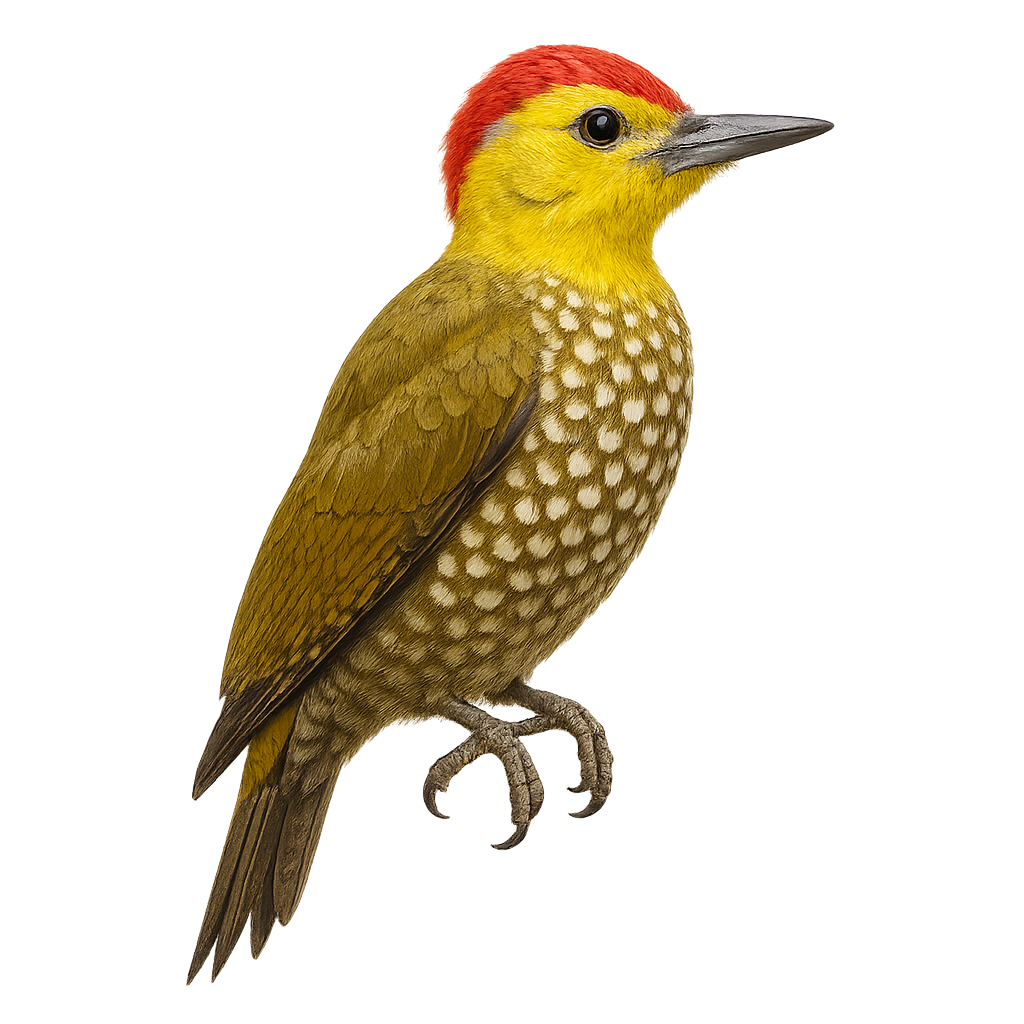Your wildlife photography guide.
Explore the yellow-throated woodpecker in detail, study its behavior, prepare your shots.
Where to observe and photograph the yellow-throated woodpecker in the wild
Learn where and when to spot the yellow-throated woodpecker in the wild, how to identify the species based on distinctive features, and what natural environments it inhabits. The WildlifePhotographer app offers tailored photography tips that reflect the yellow-throated woodpecker’s behavior, helping you capture better wildlife images. Explore the full species profile for key information including description, habitat, active periods, and approach techniques.
Yellow-throated Woodpecker
Scientific name: Piculus flavigula

IUCN Status: Least Concern
Family: PICIDAE
Group: Birds
Sensitivity to human approach: Suspicious
Minimum approach distance: 10 m
Courtship display: March to April
Incubation: 14-16 jours
Hatchings: March to May
Habitat:
Humid tropical forests, secondary forests, forest edges
Activity period :
Primarily active during the day, with peak activity in the morning and late afternoon.
Identification and description:
The Yellow-throated Woodpecker, or Piculus flavigula, is a medium-sized bird belonging to the Picidae family. It is easily recognizable by its bright yellow throat contrasting with its olive-green plumage. This bird primarily inhabits the humid tropical forests of South America, notably in Brazil, Colombia, and Venezuela. It feeds mainly on insects, which it finds under tree bark using its strong beak. The Yellow-throated Woodpecker is a diurnal bird, often seen alone or in pairs. Its call is a mix of trills and characteristic drumming. Although its habitat is threatened by deforestation, it is currently classified as Least Concern by the IUCN.
Recommended lens:
400 mm – adjust based on distance, desired framing (portrait or habitat), and approach conditions.
Photography tips:
To photograph the Yellow-throated Woodpecker, it's advisable to use a telephoto lens of at least 400mm to capture precise details without disturbing the bird. Look for it in humid tropical forests, especially along the edges where it is more active. Be patient and discreet, as this bird can be suspicious. Use a tripod to stabilize your camera and wait for the right moment to capture its striking plumage and characteristic yellow throat.
The WildlifePhotographer App is coming soon!
Be the first to explore the best nature spots, track rutting seasons, log your observations, and observe more wildlife.
Already 1 439 wildlife lovers subscribed worldwide

